- News
- Reviews
- Bikes
- Components
- Bar tape & grips
- Bottom brackets
- Brake & gear cables
- Brake & STI levers
- Brake pads & spares
- Brakes
- Cassettes & freewheels
- Chains
- Chainsets & chainrings
- Derailleurs - front
- Derailleurs - rear
- Forks
- Gear levers & shifters
- Groupsets
- Handlebars & extensions
- Headsets
- Hubs
- Inner tubes
- Pedals
- Quick releases & skewers
- Saddles
- Seatposts
- Stems
- Wheels
- Tyres
- Tubeless valves
- Accessories
- Accessories - misc
- Computer mounts
- Bags
- Bar ends
- Bike bags & cases
- Bottle cages
- Bottles
- Cameras
- Car racks
- Child seats
- Computers
- Glasses
- GPS units
- Helmets
- Lights - front
- Lights - rear
- Lights - sets
- Locks
- Mirrors
- Mudguards
- Racks
- Pumps & CO2 inflators
- Puncture kits
- Reflectives
- Smart watches
- Stands and racks
- Trailers
- Clothing
- Health, fitness and nutrition
- Tools and workshop
- Miscellaneous
- Buyers Guides
- Features
- Forum
- Recommends
- Podcast
review
 2024 Coros Pace Pro GPS Sport Watch.jpg
2024 Coros Pace Pro GPS Sport Watch.jpg£349.00
VERDICT:
Excellent watch with great AMOLED screen, mapping and good battery life
Excellent multi-band GPS
Great AMOLED screen
Long battery life
Well-designed user experience
Not the most stylish
Weight:
49g
Contact:

This product has been selected to feature in road.cc recommends. That means it's not just scored well, but we think it stands out as special. Go to road.cc recommends
At road.cc every product is thoroughly tested for as long as it takes to get a proper insight into how well it works. Our reviewers are experienced cyclists that we trust to be objective. While we strive to ensure that opinions expressed are backed up by facts, reviews are by their nature an informed opinion, not a definitive verdict. We don't intentionally try to break anything (except locks) but we do try to look for weak points in any design. The overall score is not just an average of the other scores: it reflects both a product's function and value – with value determined by how a product compares with items of similar spec, quality, and price.
What the road.cc scores meanGood scores are more common than bad, because fortunately good products are more common than bad.
- Exceptional
- Excellent
- Very Good
- Good
- Quite good
- Average
- Not so good
- Poor
- Bad
- Appalling
The Coros Pace Pro is an excellent multi-sport smartwatch. Its new AMOLED screen looks great and it has excellent maps. The heart rate sensor is one of the most reliable I've used and it has a great battery life. It could look a little more stylish, but this is an excellent watch overall.
> Buy now: Coros Pace Pro for £349 from Coros
To get the Pace Pro up and running, you download the Coros app, pair the watch, and set up your preferences. All in all, I was good to go within five minutes of unboxing.
Activity tracking
The watch covers a wide range of sports and activities, and collects a huge amount of data. It's not as all-encompassing as some but it has any activity that I would do regularly, including cycling, running, hiking, swimming, strength and circuit training, all of which I tested. You can easily customise the data screens for each sport in the Coros app and they'll sync to the watch.
I found the device great to use while training. You can create structured workouts in the app and then sync them to the watch. They were pretty easy to follow once outside, with clear sounds noting the start and end of each interval, although on one occasion it did stop my activity when I finished the structured workout and I still had to ride home (it was under many layers so I didn't realise). I'd have preferred it to just carry on recording.
After your session, it gives you a training summary with total statistics, time spent in each training zone, and some good graphics that utilise the AMOLED screen nicely. (AMOLED stands for active-matrix organic light-emitting diode)
I found the user experience excellent. Syncing always worked perfectly, routes always loaded when requested, no crashing or issues that can occur with newly released watches or computers.
There are also a few nice touches that feel designed by a heavy sports watch user, such as hold to save so no accidental saving, prompt to discard activities less than one minute, and a few other nice touches that make it easy to use.
It seems pointless to discuss GPS accuracy in 2025, but the watch has multi-band GPS which performed really well. It coped when running on heavily wooded trails and also in the city surrounded by large buildings.
Screen
The watch's diameter is 46mm. It's big enough to display your data and great for mapping but small enough that you can happily wear it all day. It is light, too, weighing only 49g.
It looks very much like a sports watch, and I would prefer the yellow button to be a different colour. The Suunto Race I reviewed last year is still the best-looking watch I have tried.
That said, the 1,500-nit AMOLED screen here looks excellent and is easy to read. The colours are perfect for looking at your data and the graphs look great.
The screen increases in brightness when you turn your wrist. There was a small lag, but it was fine when running or cycling. Given most of my training was done in winter I didn't really have any issues with viewing the screen in sunny conditions.
The touchscreen is great. I used it for scrolling menus, and switching screens when running, and it is excellent for looking at maps, though it'd be nice if the watch could be woken with a double tap of the screen like some smartwatches.
The touchscreen can also be used during activities. This was good for swapping between maps and data. It also worked well for me as I am left-handed (I wear a watch on the right and the buttons are on the right of the watch).
The watch can be customised with a wide range of different faces, though the data customisation options aren't quite as good as the competitors', but I don't want it to look like a calculator anyway (some options out there are just hideous!), so I was able to find something I was happy with.
The Pace Pro is controlled by a digital crown similar to that of an Apple Watch. It worked well for scrolling through menus and mapping, although, again, being left-handed and wearing the watch on my right wrist, it isn't as easy to use as if I were wearing it on my left wrist.
Strap
The watch strap is comfortable, with lots of holes to aid breathability. I tested the blue version but it also comes in black, and grey.
Navigation
I've used the watch for navigation while cycling, running, and hiking.
You can download the maps for the areas you are interested in through the Coros app. It splits the UK into about six sections and you download the ones you want (it doesn't actually name them, like 'South West'). You might need to download a few, but there's plenty of space on the device. You can download the maps over Wi-Fi, it doesn't need to be plugged in, which is handy.
I found creating a route in the Coros app a bit awkward, but you can load one from Strava or other route-plotting software, though they don't load automatically – you have to go into the Coros app to sync them, which isn't a big deal but it'd be nice if it worked automatically.
The mapping looks excellent on the AMOLED screen, and the digital crown makes it easy to zoom in and out. It is very clear and easy to navigate. It also quickly alerts you when you are off course.
However, testing this in December and January meant I was wrapped up in numerous layers, which made it hard to use the watch for maps on the bike. I always prefer a cycling computer as it is easier to see while riding; to be honest, if you only cycle and you've already got a computer then, unless you're really interested in the health data, you probably don't need a watch like this. However, if you also run or swim, it's really useful.
Connectivity and heart rate
The Pace Pro supports Bluetooth sensors, enabling you to connect power meters and heart rate sensors if you prefer an alternative to the wrist-based measurement.
The sensor connection process is simple: you can pair multiple sensors at a time with clear names so you ensure the right one is selected. I've reviewed watches where this wasn't so seamless.
I compared the optical heart rate sensor against my Garmin HRM Pro Plus strap across different rides and intensities and found it to be very good, one of the best I've used. For a three-hour ride, I averaged 132bpm and a max of 166bpm on the Pace Pro, with 131bpm average and a 165bpm on my HR strap. I must admit it took me a few tries to remember to start and stop the devices at the same time!
On the turbo, it worked well. During an interval session on Zwift on the HR strap I hit 134bpm average, 168bpm max, with the Pace Pro it was 133bpm average and 168bpm max with similar times in each HR zone.
It performed well when running, within 1bpm average of my HR strap, and the max was only 2bpm different.
It is essential to wear the watch tighter than you would for general use as this improves the reliability of the optical heart rate sensor.
The Pace Pro lets you broadcast your HR from the optical sensor on the wrist to an app such as Zwift or a cycling computer.
I was happy with the performance of the heart rate sensor and didn't feel the need to use my strap on an easy ride, though I still liked using it when doing something intense. It was nice to avoid putting on a cold heart rate strap in winter!
The watch also calculates running power. As with cycling, power can be used to manage your effort, especially on the hills and trails.
Health monitoring
The Pace Pro collects all the usual metrics for monitoring your health and recovery, such as sleep, heart rate, heart rate variability and stress.
It'd be nice if it gave you a little morning snapshot when you wake up. The Garmin and Suunto models do this, and it encourages you to monitor the data more frequently.
The Pace Pro tracks your sleep, giving you details of the time and phases. It tracked pretty well with sleep and wake times. However, like most smartwatches, it doesn't cope brilliantly with reading while in bed.
The watch tracks your heart rate variability (HRV) – that is, the gap in time between each heartbeat – and tells you whether it is reduced, normal, or elevated. It only takes five days to establish a baseline, much quicker than other devices.
I find the HRV information useful and I use it to decide whether to back off my training. It is also a very good proxy for wellbeing.
To make full use of the watch and gain the most from its health insights, such as sleep data, recovery metrics, and heart rate variability, you'll need to wear it continuously. It's light and the strap is comfortable so I had no issues sleeping with it on.
Battery life and charging
Battery life depends on the mode you choose. With all systems on, you can get approximately 38 hours, which is very impressive for an AMOLED watch. Previously, having an AMOLED screen would be a compromise on battery life, but it seems that has improved a lot over the last few years across many watch companies.
That said, it far outperforms other similarly priced AMOLED watches such as the Garmin Forerunner 265 I tested in 2023, which lasts around 16 hours. (Though the latest Garmin Fenix 8, released last year, has around 35 hours – it is insanely expensive mind!)
After a three-hour ride, it had used around 10 per cent of the battery. I tended to charge it every six or seven days, with an average level of general use and around six hours of training.
The charging cable plugs into the watch via Coros's proprietary connector and is very quick. A 20-minute charge added 26% to the battery, which was long enough for a five-hour ride.
Other (lack of) features
There are a few features that you might be used to seeing on a sports watch that aren't on the Pace Pro – which might or might not be a deal breaker for you.
The key one is likely to be music. You can theoretically add music to the storage, but only in the form of MP3s you own, and in the age of streaming that is likely to be none.
The other key feature is using the watch to make contactless payments. This is not a deal breaker for me when cycling as I'll have my phone, but it can be useful when running without it.
It also doesn't have a flashlight like some watches, though it is not something I find myself using on my Garmin.
Notifications
The Pace Pro will update you with notifications provided your smartphone is within range.
You can block specific apps directly through the Coros app and activate the watch's 'Do Not Disturb' mode. Among the smartwatches I've used from Garmin, Suunto and Coros, this level of customisation stood out as the best.
The watch takes a sensible approach to alerts, using vibrations for notifications and providing tones during training for standard events like directions, off-course warnings, and auto-laps.
The Pace Pro doesn't display emojis, which isn't exactly a deal breaker, but it feels like it'd be easy to implement and it'd be nice to see, given the bulk of responses to '9am at the usual spot?' is a thumbs up.
As with most sports watches, the Pace Pro doesn't have a microphone so you can't use the watch for making calls but if you receive a call you'll get a notification on the watch so you can answer it. Useful if you have your headphones in so you don't need to get your phone out of your pocket.
Coros app
This is the first time I've used the Coros app, and once I got used to it I thought it was good. It shows you the data at a high level for each of the key metrics. It would be nice if you could customise this, but the defaults had most things I would want.
I found the interface a lot cleaner than Garmin Connect, and it was easier to find what you wanted.
There are still a few things I would improve regarding training load metrics, and the route creator on the app isn't particularly great.
One issue is that if you use a Coros watch and you already have another brand of cycling computer then it isn't easy to get the apps talking to each other, and might impact on your overall data quality on items such as training load. However, a lot of people who are interested in getting deep into data analysis are likely to use a third-party platform like Training Peaks or intervals.icu.
Is this watch for you?
If you are looking for a sports watch with an excellent screen, mapping, and a whole host of other features then this might be for you. If the smartwatch features of streaming music and contactless payments are essential, though, maybe look elsewhere.
I've been a Garmin watch user since the days of the hefty Forerunner 305, and I'd be happy to switch to the Pace Pro – which is the first time I've considered something different in a long time.
Value
At £349 this is a mid-price smartwatch that packs a lot of features that are usually reserved for higher-priced models, such as mapping and an AMOLED screen.
The Garmin Forerunner 265 I mentioned earlier, which I reviewed in 2023, was good for running and health metrics but less good if you were looking to use it for cycling. It is currently £429.99, although it's often available for less.
I also tested the Suunto Race, which is a great-looking watch, and I liked it apart from a few small niggles. It's £389, though there's a new S version for smaller wrists priced at £325.
If you don't require an AMOLED screen or mapping, then consider the Coros Pace 3, which Emily thought was excellent; that's priced at £219.
Overall
The Pace Pro is an excellent watch. It has a great-looking AMOLED screen, impressive mapping, and a very easy-to-use user interface. The battery life is great and it charges very quickly. It is also fairly priced compared with the competition. It doesn't look as stylish as some of them, but what it lacks in style it makes up for in terms of performance.
> Buy now: Coros Pace Pro for £349 from Coros
Verdict
Excellent watch with great AMOLED screen, mapping and good battery life
road.cc test report
Make and model: Coros Pace Pro GPS Sport Watch
Size tested: One Size
Tell us what the product is for and who it's aimed at. What do the manufacturers say about it? How does that compare to your own feelings about it?
Coros says: "For multi-sport athletes who seek precision, performance and clarity. The COROS PACE Pro combines a high-performance processor, a bright AMOLED screen, and industry leading energy-efficient technology into a compact, lightweight design, creating our most advanced training and racing experience."
Tell us some more about the technical aspects of the product?
Coros lists:
Vivid 1.3-inch AMOLED touchscreen
Fastest in class processor, 2x the speed of PACE 3
38 hours of GPS activity tracking
20 days of daily use and sleep tracking
Advanced optical heart rate sensor
Downloadable global offline maps
Rate the product for quality of construction:
9/10
Rate the product for performance:
9/10
Rate the product for durability:
9/10
Rate the product for weight (if applicable)
9/10
Rate the product for comfort (if applicable)
9/10
Rate the product for value:
7/10
Cheaper than similar standard watches.
Tell us how the product performed overall when used for its designed purpose
Excellent, great for activity tracking and health data, and the optical heart rate sensor worked well.
Tell us what you particularly liked about the product
The AMOLED screen, health data and some nice touches in user experience.
Tell us what you particularly disliked about the product
Nothing really.
How does the price compare to that of similar products in the market, including ones recently tested on road.cc?
At £349, this is competitively priced for a watch with this range of features. The Garmin Forerunner 265, for example, has an AMOLED screen but doesn't have mapping and is more expensive at £429.
The Suunto Race and Race S have similar features. I preferred the Pace Pro for functionality but the Race for looks. They are priced at £389 and £325, respectively.
If you don't require an AMOLED screen or mapping then the Coros Pace 3 received an excellent review and is only £219.
Did you enjoy using the product? Yes
Would you consider buying the product? Yes
Would you recommend the product to a friend? Yes
Use this box to explain your overall score
Overall, this is an excellent watch. The screen is great, excellent for training and comfortable enough that you are happy to wear it all day. It's good value for the range of features too.
About the tester
Age: 35
I usually ride: Specialized Roubaix My best bike is: Cervelo S3
I've been riding for: 10-20 years I ride: Most days I would class myself as: Expert
I regularly do the following types of riding: road racing, touring, club rides, general fitness riding, Indoor
Latest Comments
- Webstaff 1 sec ago
Those same car are also likely to have auto stop....
- Webstaff 15 min 37 sec ago
Also we only get one side of the story when it's social media....
- No Skinny Tyres 46 min 19 sec ago
It's a stabiliser, it was first used in WW2 to preserve chocolate in US rations. It allows the milk solids to fully dissolve, US chocolate is less...
- Rome73 1 hour 2 min ago
LOL , me too the other day, I was on my GSD and got stuck behind a Cadillac Escalade (I think that is what they are called). It was so fat and over...
- eburtthebike 9 hours 33 min ago
The deterrent effect is almost certainly due to the massively increased likelihood of the offence being detected. As with other crimes, if the...
- Martin1857 10 hours 59 sec ago
As a member of the Co-op community (I live in a Housing Co-op) and a bike owner /rider, this is very sad news. We need more Co-ops not less.
- Dnnnnnn 9 hours 52 min ago
It is sad for the individuals concerned but (and this is a general point, rather than specific to this story), we're much better off overall for...
- No Reply 10 hours 42 min ago
I agree with Pogacar regarding social media. The likes of Facebook, Instagram have done untold damage, especially to the minds of young people....
- David9694 10 hours 47 min ago
Lorry carrying 25 tonnes of beer catches fire on the M11...
- ktache 11 hours 52 min ago
That looks like a fun bike. Frame only, 2 and an 1/2 grand.
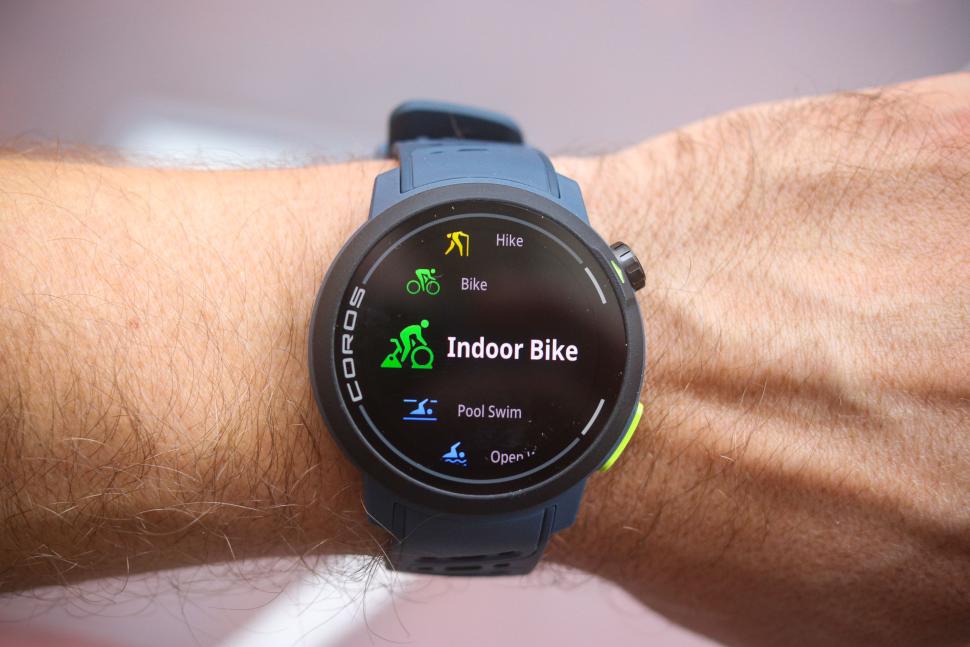

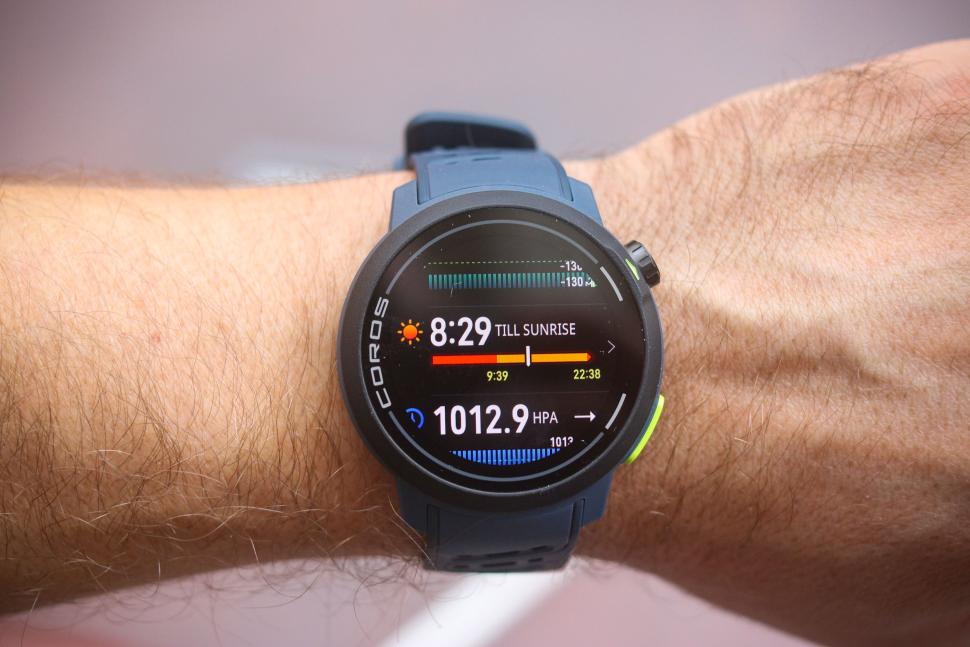















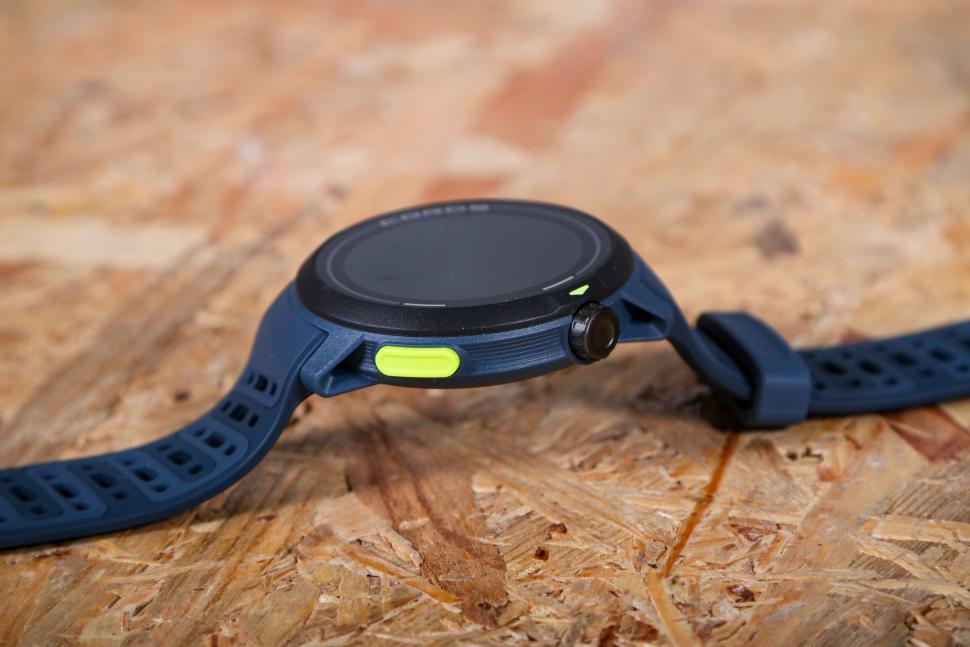
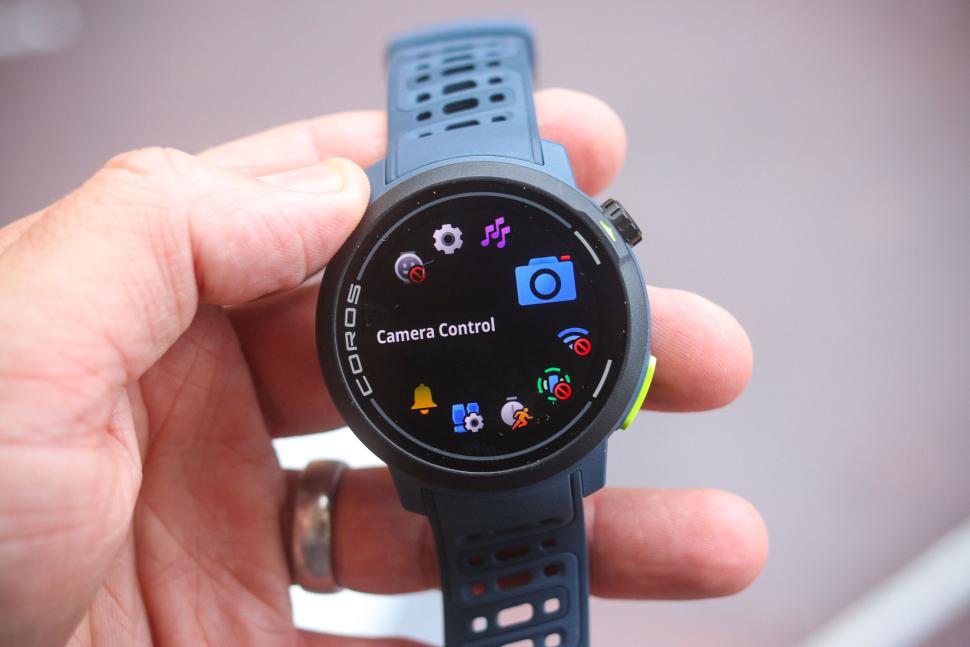
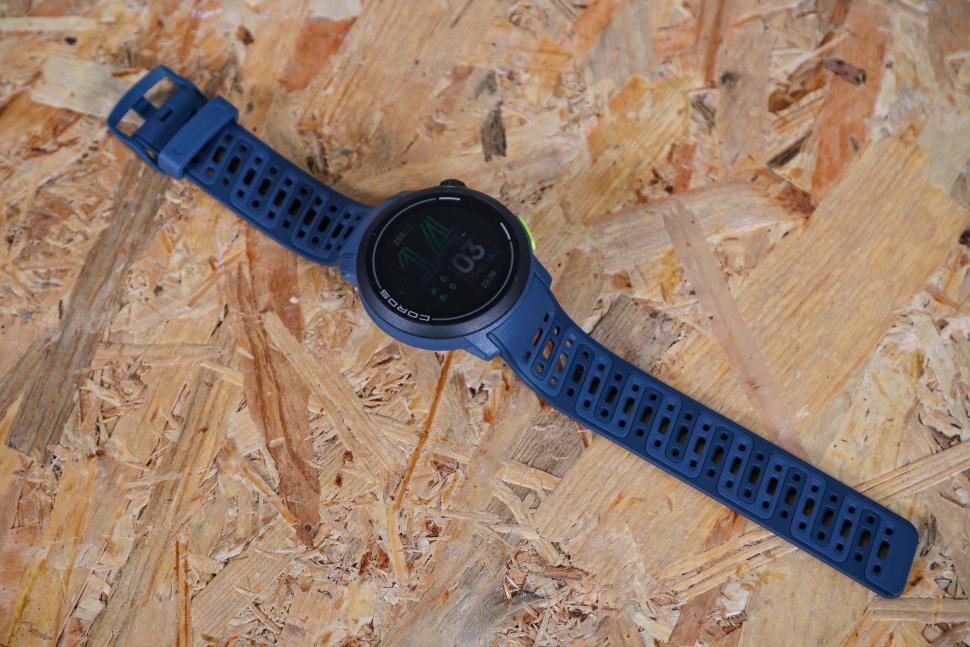

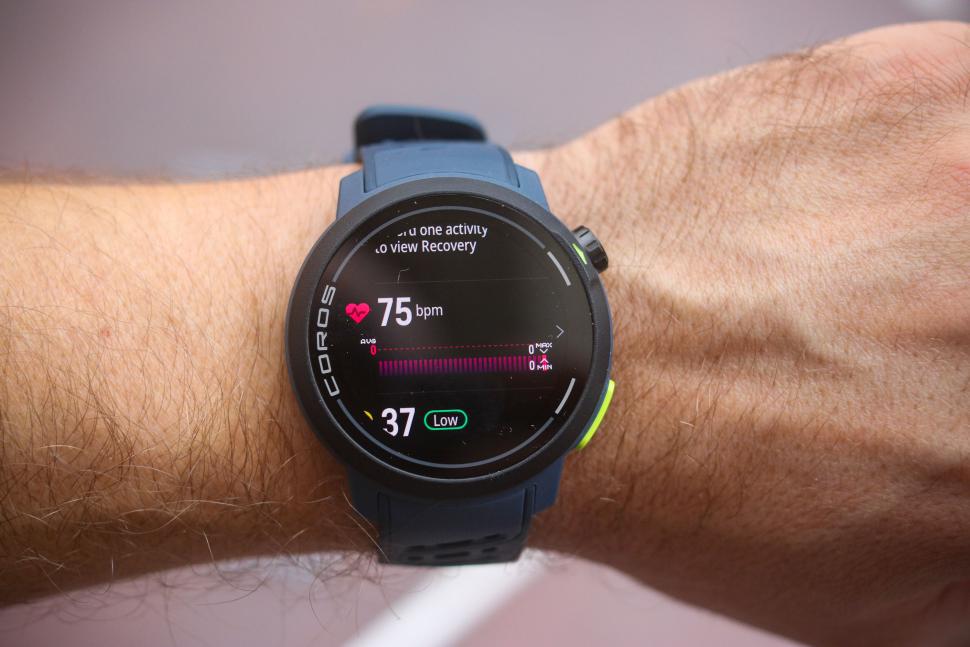
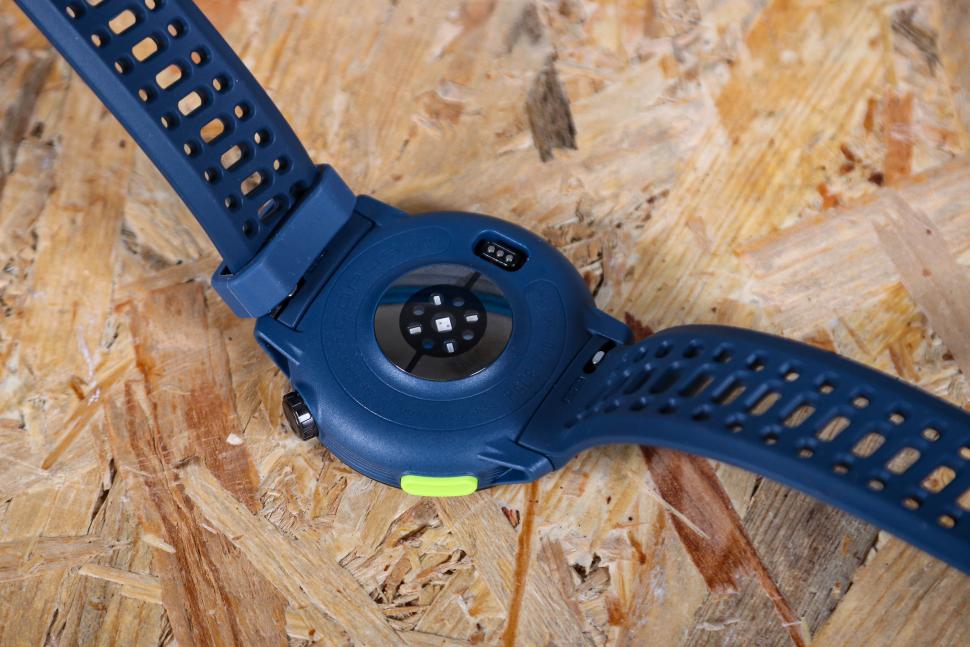
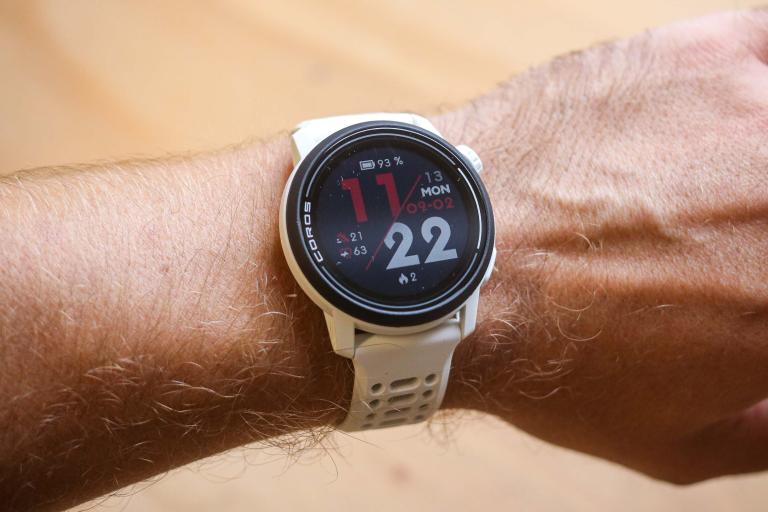
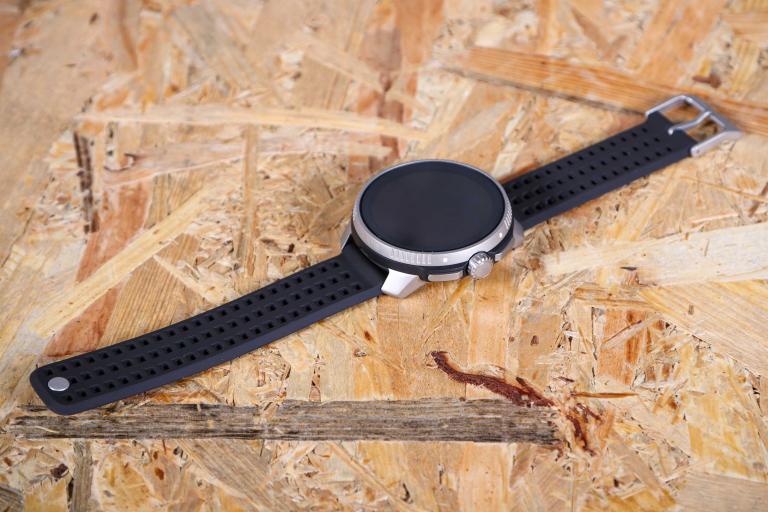
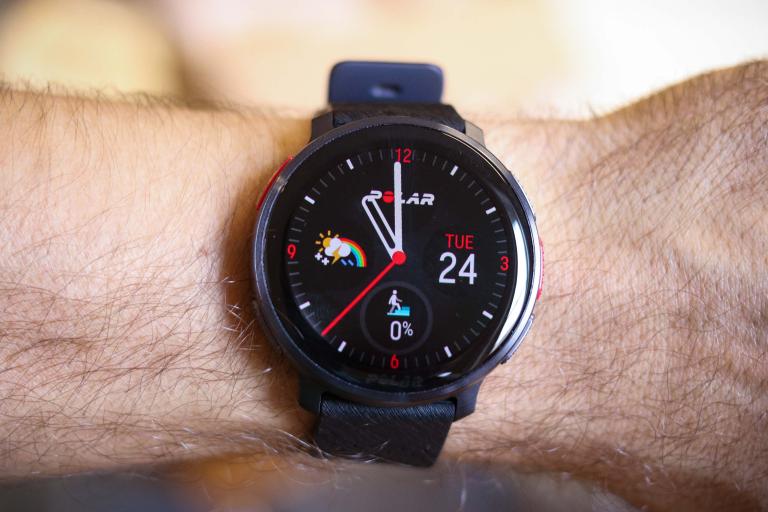

Add new comment
3 comments
The excellent Garmin software and firmware is what you're paying for when you buy expensive Garmin gadgets. I'm a great fan and they're not going to let you benefit from it using other companies' gadgets. I'm guessing the other 'ecosystems' are also really good, but not the same
It looks like a lot of watch for the money, but there doesn't seem to be any way to sync to Garmin Connect other than using something like Tapiriik (sp?) which would unfortunately be a major blocker for me.
Garmin Connect is proprietary to Garmin, so they aren't going to make it easy.